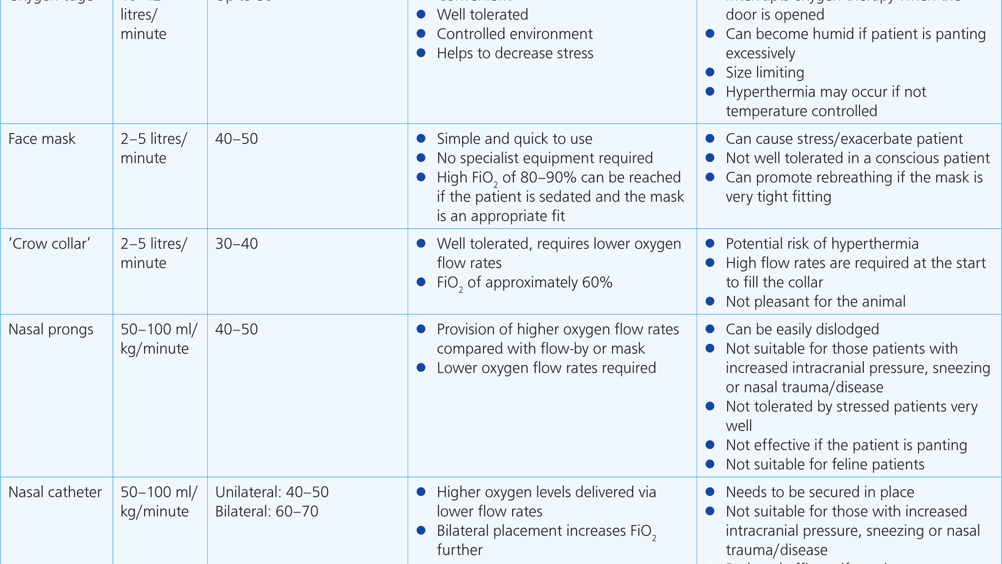References
Thoracic trauma in small animals: road traffic accidents

Abstract
Thoracic trauma is common in small animals and can be caused by a variety of insults from penetrating wounds to blunt force trauma. Patients that have sustained any form of thoracic trauma require immediate attention and intensive nursing care in order to have a positive outcome for the patient. These cases can prove challenging as multiple organ systems can be affected and surgery is often required. However, combined with the appropriate medical care, the outcome can be successful.
Thoracic trauma is commonly seen in small animal practice. It can be in the form of penetrating bite wounds, falling from heights or being hit by cars. The pattern of injury is dependent on the cause, and different causes will require different management techniques; each case should, therefore, be assessed individually in order to achieve the best outcome for the patient.
It is believed that road traffic accidents (RTAs) are the leading cause of blunt force trauma for small animals in the UK, with young male cats being the most likely to be hit (Conroy at al, 2018). Blunt force trauma typically results in diaphragmatic rupture and/or damage to the intrathoracic organs (Barnes, 2019). Despite this, damage to the thoracic wall itself is uncommon because of its high compliance. Rib fractures are not uncommon, and the RVN should be aware of the increased risk of intrathoracic organ damage as a result (Barnes, 2019).
Register now to continue reading
Thank you for visiting The Veterinary Nurse and reading some of our peer-reviewed content for veterinary professionals. To continue reading this article, please register today.

